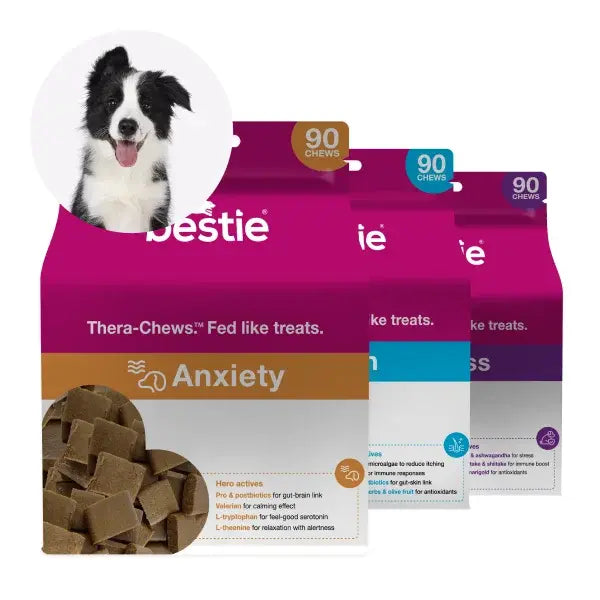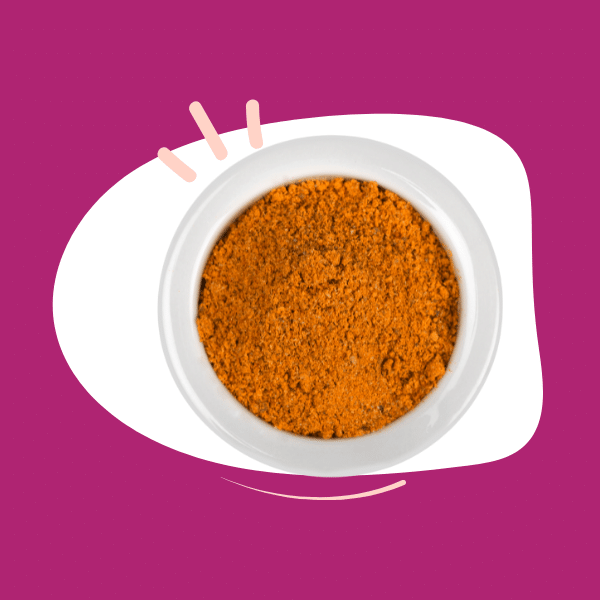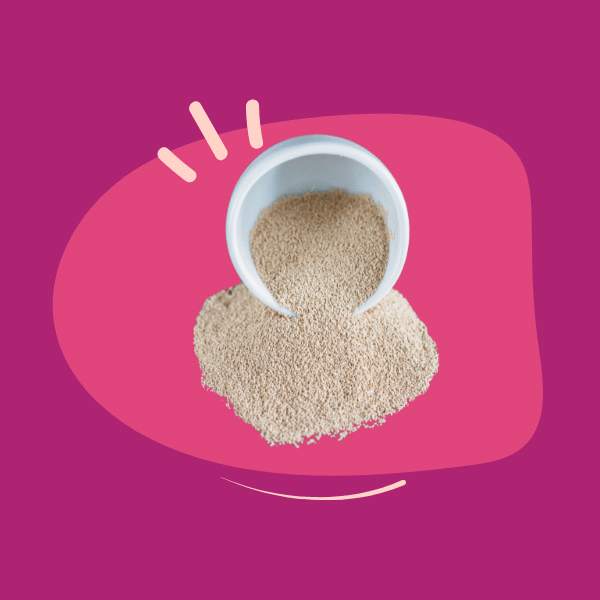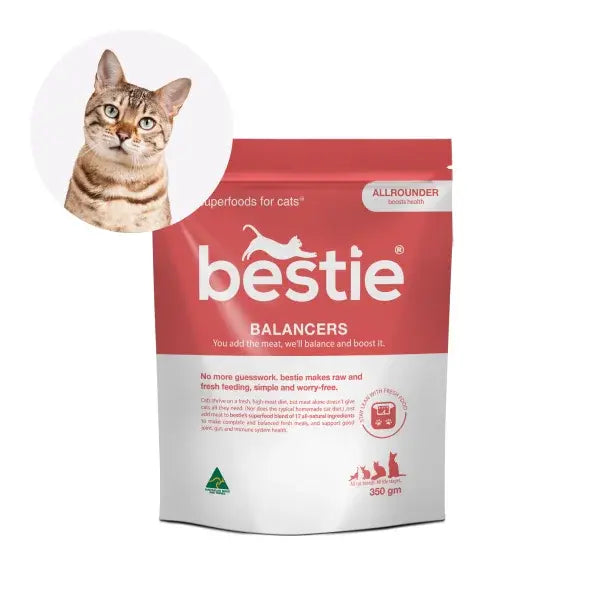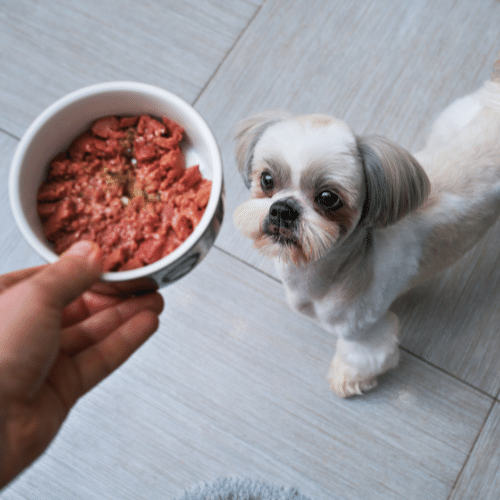If I told you that dogs are ‘smart’ enough to work out what they should eat for optimum health, you probably wouldn’t believe me. However, research shows that is exactly what they’re able to do[i].
It turns out that dogs, like other animals, are able to select a macronutrient ratio that optimises fitness costs – lifespan and rate of reproduction for example. (Macronutrients by the way, are carbs, fats or lipids, and proteins.)
For instance, research done with a group of flies (yes, you did read that correctly) showed that flies behaved like “nutrient seeking missiles”. Basically, flies can regulate protein and carbs separately AND they select a diet composition that maximises fitness.[ii] The same has been shown for other species, including cats[iii].
Building on this idea, researchers in New Zealand decided to set up a trial to explore what macronutrients dogs would select, if left to their own devices. Given that the macronutrient composition of modern dog foods can vary significantly depending on the format fed, they wanted to examine the potential difference between what dogs want to consume – for optimal fitness - and what most commercial diets are providing.
Those macronutrient differences can be quite significant too, largely due to the manufacturing processes used to produce the food.
For example, kibbled diets typically contain 16%–38% protein, 6%–18% fat and 40%–60% carbohydrate (dry matter basis).
However, wet/raw diets typically contain no or low levels (<10%) of carbohydrate combined with higher levels of protein and fat (45% and 50% respectively).
The trial used 15 adult dogs. Over a 10 day period, the dogs were given free access to three wet diets, twice a day. Each of the diets were nutritionally complete, but while they were formulated using the same ingredients, they were in different proportions of protein, fat and carbs. 250% of the daily metabolizable energy requirement, was available to each dog, at each meal.
Here’s how they set it up:
- The dogs were weighed at the start (day 1), middle (day 5) and end (day 10) of the experimental period.
- Three large plastic bowls each containing 250% of the daily energy requirement of the HF, HC and HP diets were provided to each dog (twice daily, at 8 a.m. and 2 p.m.) for 10 days.
- The position of each bowl was interchanged at each feeding time to prevent positional bias.
- Observers recorded which diets were approached first, which diets consisted of any consumption first and which diets were completely avoided.
- Dogs were offered the diets until satiated status was achieved. This was defined as the point whereby the animal lost interest in any of the diets.
Initially, dogs showed ‘feast or famine’ behaviour. They targeted higher levels of fat to start with, and less protein, but this changed over the period – with protein moving from 29% of the diet at the start to 44% by day 10. (Fat intake switched from 68% on day one to 52% by day 10.) However, carb consumption remained steady – at 3%.
What does this tell us?
That the test dogs selected a diet that gave them energy primarily from fat and protein, with carbohydrate playing a minimal role in contributing to overall energy intake.
In simple terms: dogs want a high protein, low carb diet, for optimal fitness. Are you going to argue with your dog?
BTW: the lead researcher, Mark Roberts, presented the essence of this in a 3 minute thesis:
[i] Roberts, M. T., et al. "Macronutrient intake of dogs, self‐selecting diets varying in composition offered ad libitum." Journal of animal physiology and animal nutrition 102.2 (2018): 568-575.
[ii] Lee, Kwang Pum, et al. "Lifespan and reproduction in Drosophila: new insights from nutritional geometry." Proceedings of the National Academy of Sciences 105.7 (2008): 2498-2503.
[iii] Hewson-Hughes, Adrian K., et al. "Geometric analysis of macronutrient selection in the adult domestic cat, Felis catus." Journal of Experimental Biology 214.6 (2011): 1039-1051.
AND Salaun, F., et al. "Impact of macronutrient composition and palatability in wet diets on food selection in cats." Journal of animal physiology and animal nutrition 101.2 (2017): 320-328



